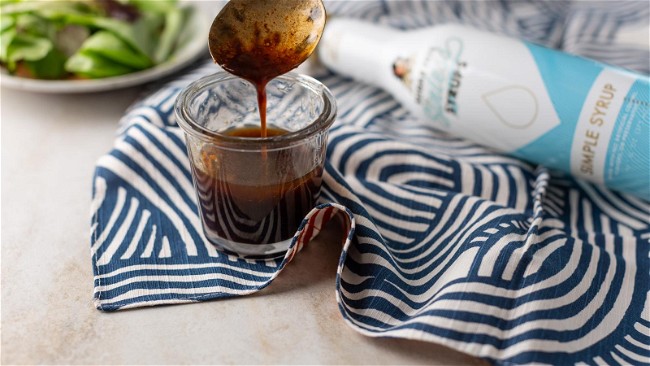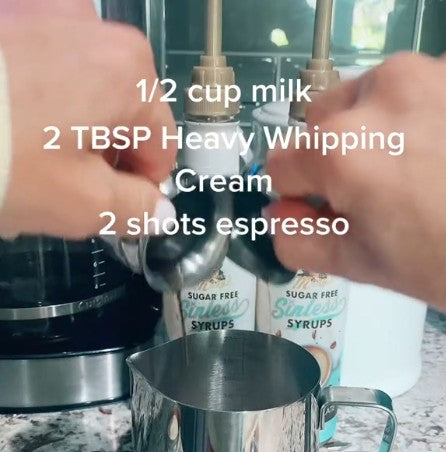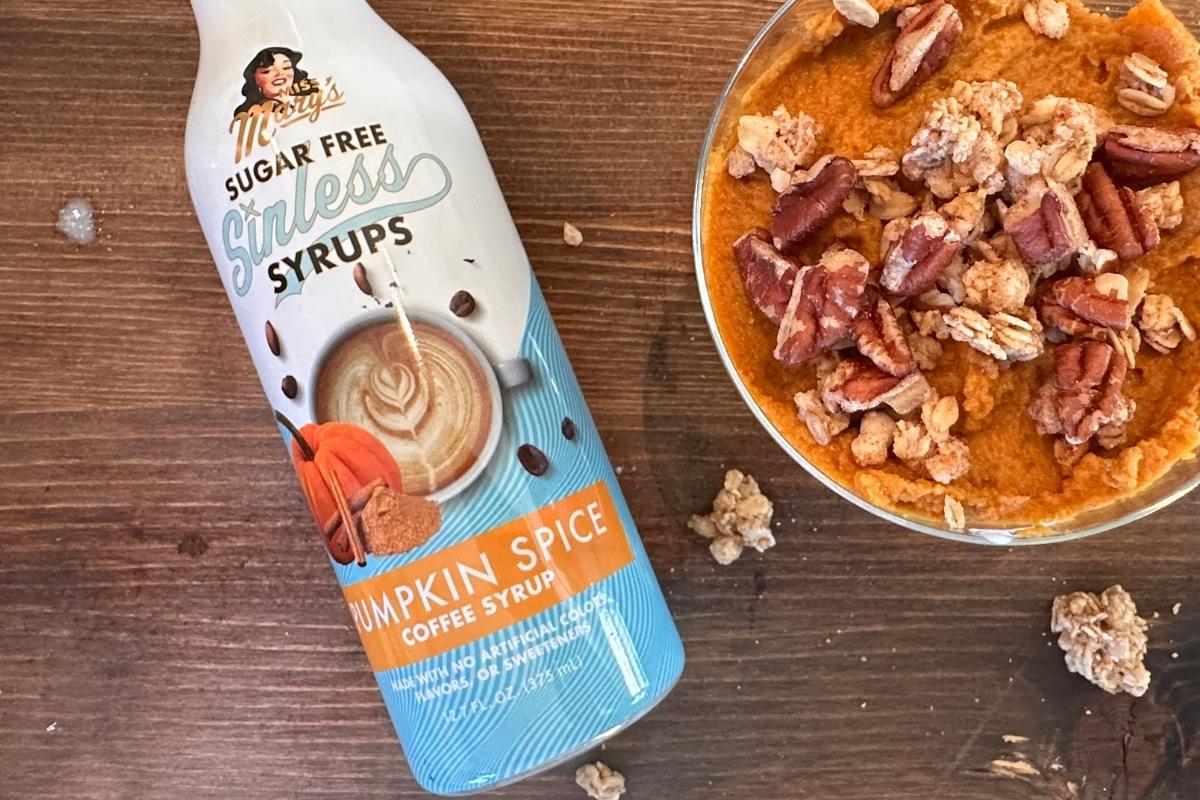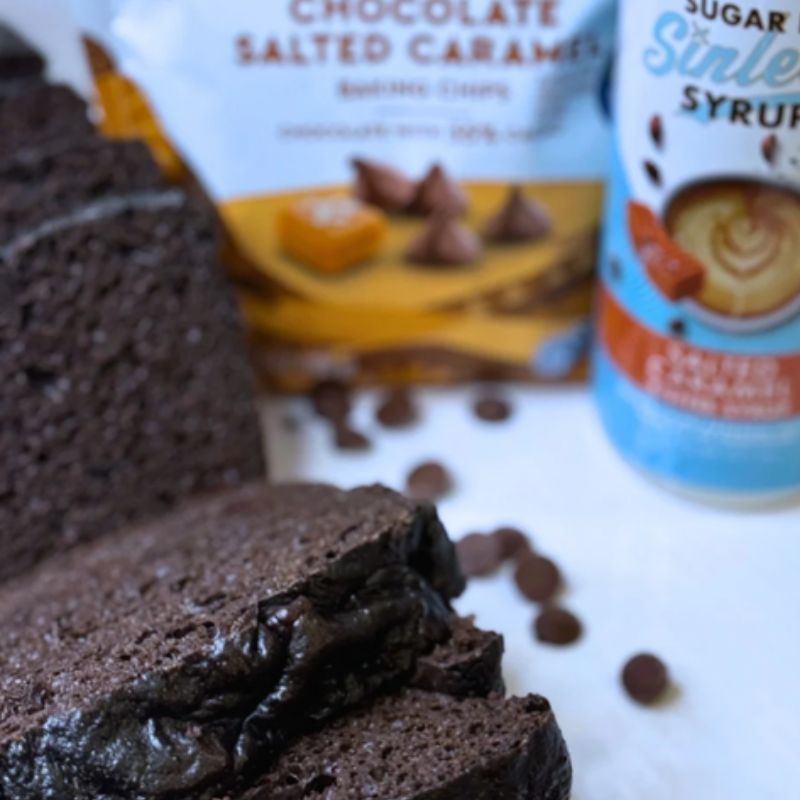Make this Sesame Ginger Dressing
Is it a salad dressing or marinade? YES. And you are going to want to drink it!
↪ JUMP TO RECIPE
This Sesame Ginger Dressing delivers all the best, Asian-inspired flavors without sugar. It's our new favorite thing and we just had to share.
DIY Dressings Are Better For You
In a perfect world, we'd have time, energy, and expertise to make everything we eat from scratch (or have enough money to pay someone to do it!). That's not realistic, of course. But salad dressings are so easy, you really owe it to yourself to try a few.
Salad Dressing can sabotage your salad. Most store-bought brands are heavier in sugar than we think. Even sugar-free versions have unsavory ingredients.
Who knows? You might discover you have a fabulous hidden talent for salad dressing mixology.
Big Flavor Inspired By Asian Cuisine
The inspiration for Sesame Ginger comes from Japanese sauces. You've probably had a version of it even if you've never been to a Japanese restaurant because many pan-Asian restaurants include this flavor combination on menu items.If you already know how delicious the combination of toasty sesame seed and spicy ginger can be, this recipe is going to be such a fun staple for you. If not, come take this flavor journey; it is delicious!
This recipe features fresh, grated ginger, tamari (or soy sauce), sesame oil, rice vinegar and Sinless Simple Syrup.

IT'S ALL ABOUT UMAMI
The reason this dressing is so darn delicious is the umami.
We have five core tastes - sweet, sour, salty, bitter, and... umami. You may have noticed that one of those 'kids' is not like the others. "Umami" is a japanese word meaning "essence of deliciousness."
Some of the foods you might know with umami are soy sauce, seaweed/kelp, tomatoes, shiitake and morel mushrooms, green tea, anchovies, cheese, etc.
"Umami" was discovered by a physical chemistry professor at Todai (University of Tokyo), back in 1908. Professor Ikeda was able to identify the chemistry that makes umami a taste experience separate from the original 4. It took until 1990, however, to be recognized and accepted internationally after the taste receptors were identified.
Like kuchisabishi, hygge, and shadenfreude, the term umami just doesn't translate well. And so, it remains in its beautiful, original form. *chef's kiss*

Miss Mary’s Tip
Soy Sauce, Tamari or Coconut Aminos - What's the Difference? Soy sauce is a staple in households that enjoy Chinese, Korean, Japanese, Malaysian, and Indonesian recipes. Tamari is like soy sauce's cool, big sister - it's a little more refined, less salty, higher in protein, and usually gluten-free. Coconut Aminos is a savory, salty-but-less-salty-than-soy liquid made from fermented coconut palm sap. It is the result of a natural fermentation process and, therefore, less processed. The real appeal, however, is that coco aminos have half the sodium content of even low-sodium soy sauce. If you're concerned about your salt intake, coconut aminos would be an excellent substitute for soy sauce or tamari.







